Climbing plants are a hardy and unpretentious decorative culture that has long gained popularity among flower growers and interior designers. With the help of plants that curl, florists create "green" corners and phytowalls that add zest and comfort to any room.
Climbing houseplants come in many varieties that you can get to know more closely by recognizing their names and botanical characteristics, as well as looking at photos of flowers.
Content
Distinctive features of climbing indoor plants
Climbing plants, perfectly decorate and complement any interior with fresh accents. Many varieties of flowers belong to different systematic groups, despite some similarities between them.
As a rule, plants that curl are unpretentious and do not require much attention from the person. It’s quite easy to take care of such crops, even a novice grower can easily grow a curly flower in his apartment.
However, despite the unpretentiousness of lozenges, some gardeners are faced with the problem of watering them because the flowers are located high enough and water flows to the floor during watering. In order to avoid the formation of puddles on the floor, many experienced flower growers pull a rubber hat or bag on the bottom, which is removed an hour after the plant has been watered.
But this method of watering is absolutely not suitable for the looms that grow on the wall. In this case, it is possible to put several ice cubes on the soil of the flower, which during the process of melting will supply the entire plant with the necessary moisture.
As a rule, most of the looms are water-loving plants, which simply need not only regular watering, but also spraying of the leaves, especially in the warm season and in dry climates.
Most species of loaches represent a group of shade-loving cultures that are poorly tolerated by direct sunlight. In this regard, such flowers are recommended to be placed in the corners of the room.
When planting such crops, drainage of the soil plays an important role. Expanded clay is perfect for this purpose, which will allow the loach to receive moisture evenly. Among the loaches you can find small-leaved, large-leaved and flowering species.
Photos and names of decorative small-leaved curly flowers
Cissus, scindapsus and ivy are the most popular indoor flowers from the group of decorative small-leaved looms. These plants are distinguished by decorative, bright leaves of a small size that can decorate any room.
Cissus
Cissus is not just one type of plant, it is a whole genus of plants from the Grape family, which has more than 300 species. However, for decorative purposes, only 2 species of the Cissus genus are grown, namely, rhomboid and Antarctic.
Cissus, or indoor grape is a climbing vine that clings and is firmly fixed to the support with the help of antennae. Cissus is one of the most unpretentious loaches, which in a short period of time builds up a good hardwood mass, and from a small seedling it turns into a green carpet.
For the flower to grow quickly, it is enough to provide it with good lighting, but without direct sunlight, and regular watering.In dry and hot seasons, cissus must be watered 2 times a week and sprayed every 7 days.
The flower is distinguished by bright green leaves, on the surface of which silver blotches may be present. The inside of the flower can also be pink.
Scindapsus
Scindapsus is a unique loach flower that can grow in almost any light. Scindapsus grows equally actively both near the window and in the dark corner of the room. However, when choosing variegated varieties, it is worth considering the fact that, due to a lack of light, leaves can lose their colorful color. The leaves of the scindapsus are heart-shaped and have a bright green color with or without light spots.
This flower is characterized by rapid growth, because its shoot can elongate more than 1 m in just 12 months. In order for the scindapsus to curl as best as possible, you can trim the ends of its shoots.
In the warm season, the flower actively grows at room temperature, but in the winter, it is better to move the scindapsus to a cooler room. The plant needs regular watering and liquid top dressing.
Ivy
Ivy is an evergreen liana that will be an excellent decoration for windows and walls. Ivy or hedera is an unpretentious flower with decorative shiny foliage of spiky or star-shaped forms. The leaves of the flower can have both plain and motley color. On the back of the leaves, ivy has suction cups that help it attach to vertical surfaces and supports.
Ivy feels great in the shade and grows even in rooms with dry air. But variegated varieties of ivy must be grown in a well-lit room, otherwise the plant will lose its unique color and become monophonic.
Despite the fact that the flower can survive in conditions of drought, it is better not to neglect regular and plentiful watering during its cultivation. Experienced growers recommend spraying the green mass of the plant at least several times a week. In the period of active growth, ivy should be fed with a frequency of once every 14 days, fertilizers for deciduous decorative crops.
Ivy is a poisonous flower that must be taken into account when growing it in rooms where children or animals live.
Decorative large-leaved species
The most common large-leafed decorative looms include monstera, syngonium and philodendron. This category combines plants that are distinguished by large leaves, which will be an excellent complement and decoration of any design, adding to the room or office showiness.
Monstera
Monstera is a photophilous liana that responds to burns with direct exposure to sunlight. In this regard, the flower must be kept under conditions in which exclusively scattered light will fall on it.
The flower is distinguished by large green rugged foliage. Incisions on the leaves appear over time and can reach up to the central vein. But in young specimens, the leaves are whole and have a heart shape. The height of the monstera can reach 3 meters.
Monstera has thick aerial roots on the stems, with the help of which the flower rises along the support. However, when the aerial roots of the plant become too long, they must be deepened into the ground and rooted, this will allow the monstera to receive additional nutrition.
Monstera loves regular and plentiful watering, especially in the dry season. But the flower is not so demanding on lighting and can grow both in good light with diffused light and in partial shade.
Syngonium
Syngonium is a liana, numbering several varieties of decorative cultures, which differ in color of leaves. Arrow-shaped, and later lobed, dissected leaves can be completely white or green. However, the most popular are varieties whose leaves are variegated. In an apartment or office, the height of the syngonium can reach one and a half meters.
The flower has thin stems on which airy roots appear, helping the signonium to cling to any protrusion or support.
The plant actively grows in conditions of good light, regular watering and spraying of foliage. In conditions of increased air dryness, the green mass of syngonium begins to dry.
Syngonium is poisonous, for this reason it must be grown in inaccessible places for children and animals.
Philodendron
Philodendron is a climbing vine whose leaves can grow more than 10 cm in length. The dark green leaves of the philodendron have a smooth surface and a heart-shaped shape.
Liana grows better if she is tied to supports along the wall. The rest of the flower does not take much time and does not require special care. The plant is shade-tolerant and relatively dry resistant, due to which it can grow in the darkened corners of the room with normal watering.
Decorative flowering plants
Of the decorative-flowering plants, the most common plants are azarin, ampelic begonia and kobe. Blooming representatives of loaches, as a rule, are used to decorate shelves, shelves and window sills.
Azarina
Azarina is a flower belonging to garden crops, which, despite this, is actively grown at home. The plant is represented by several species at once, the result of flowering of which are bright tubular flowers of pink or purple color.
Azarina is an annual flower that, under good conditions, can live for about two years. This loach requires a lot of heat and light, and also refers to moisture-loving colors.
In order for azarin to grow intensively, he needs to establish a support in the form of a lattice, which will also emphasize its beautiful flowering.
Ampel begonia
Ampelic begonia is considered the most beautiful curly flower, due to its delicate dense foliage and lush buds of various colors. Also, this loach belongs to one of the most demanding flowers, care for which takes away a lot of time and effort from gardeners.
With proper care, begonia will delight with its lush flowering all summer, until the onset of autumn.
It is necessary to contain begonia in a warm and bright room, however, direct sunlight should not be allowed to fall on it. When caring for begonia, it is necessary to adhere to uniform watering, since an excess or lack of moisture will adversely affect flowering.
Kobe
Kobeya - openwork liana, which is most often used to decorate a garden or balcony. However, some lovers of decorative crops successfully grow kobe in the room.
Kobei flowers resemble a bell in shape and can be of the most varied colors. Liana has antennae, with the help of which she attaches to the grate, creating a motley flowering wall. However, after flowering, the plant must be removed in a dry and fairly cool place.
Kobeya requires regular watering, top dressing, as well as pruning, because only constant care of the flower can maintain its decorative appearance.
Common Growing Questions
Climbing plants are decorative flowers that can effectively decorate any room, adding to it zest and sophistication without much hassle from the florist.


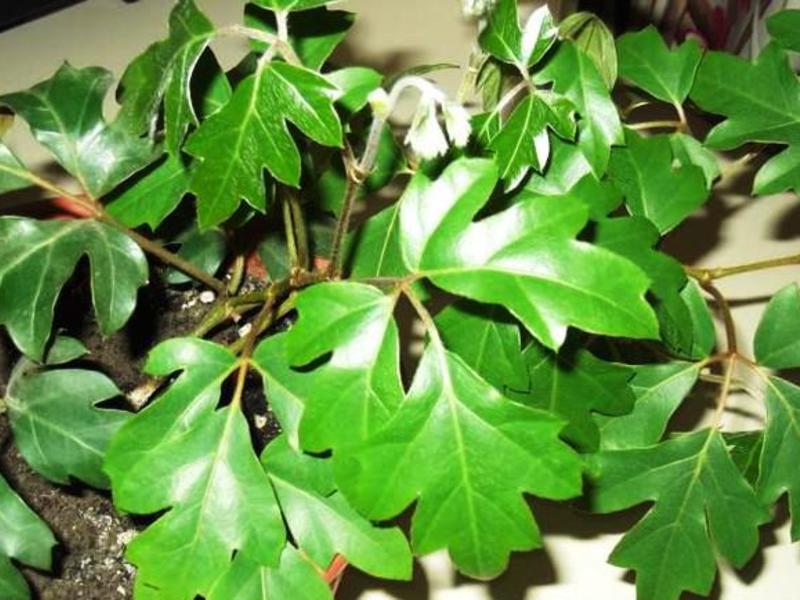
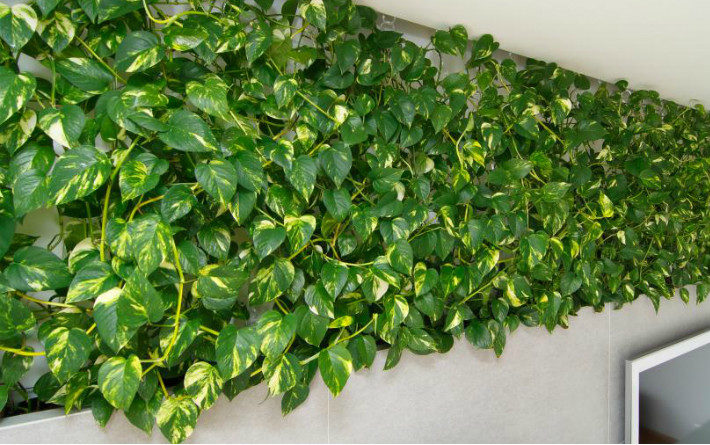
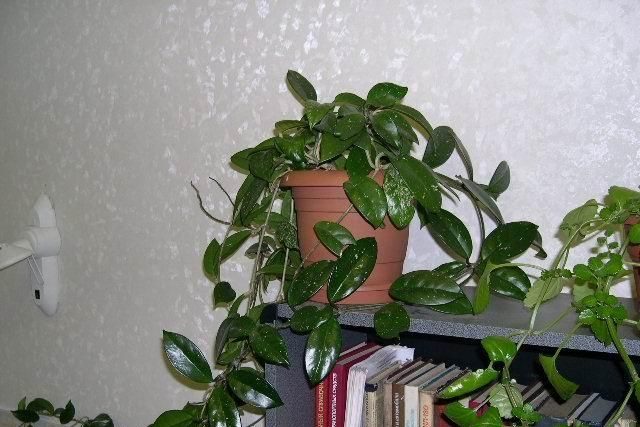
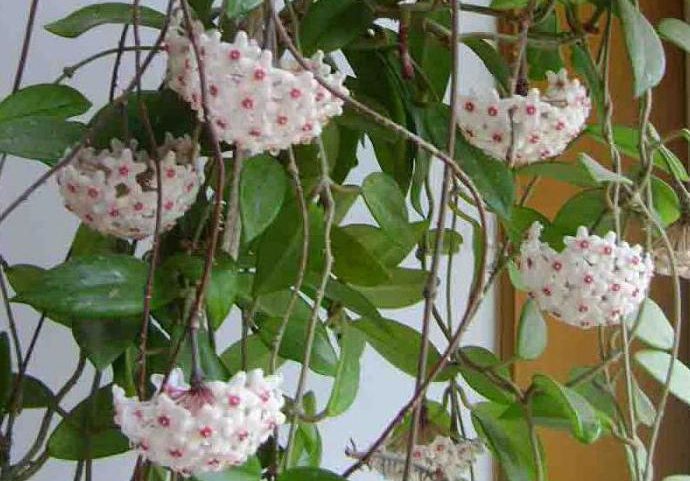
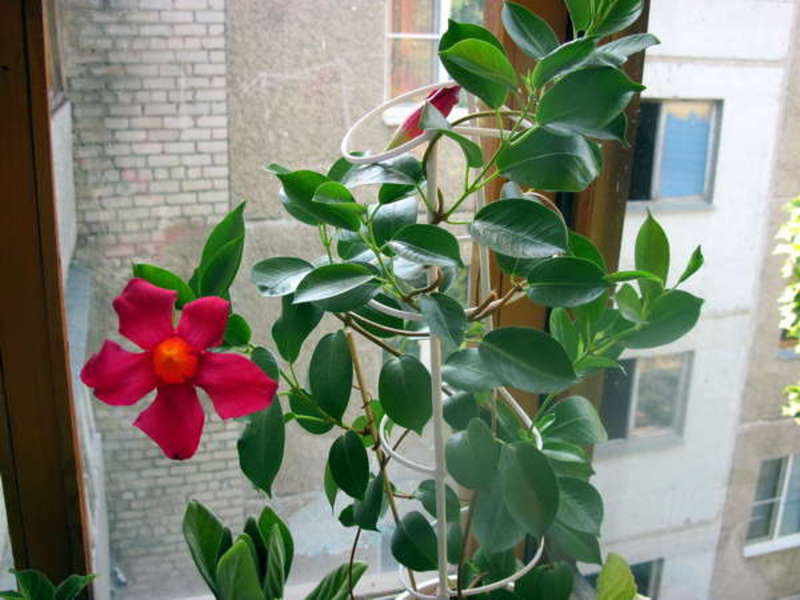
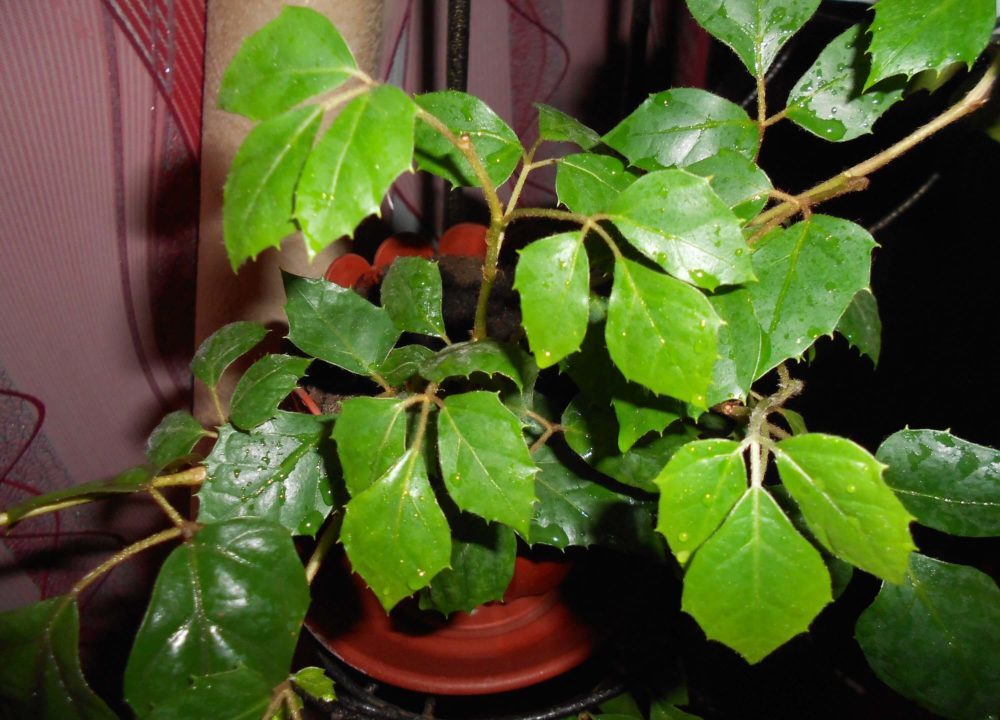
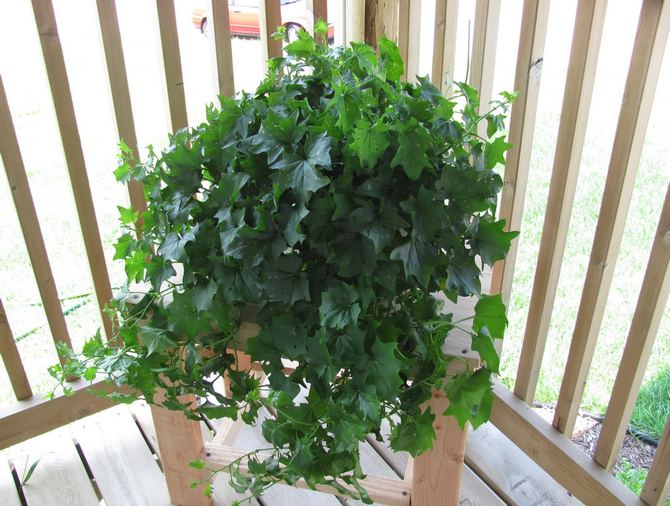
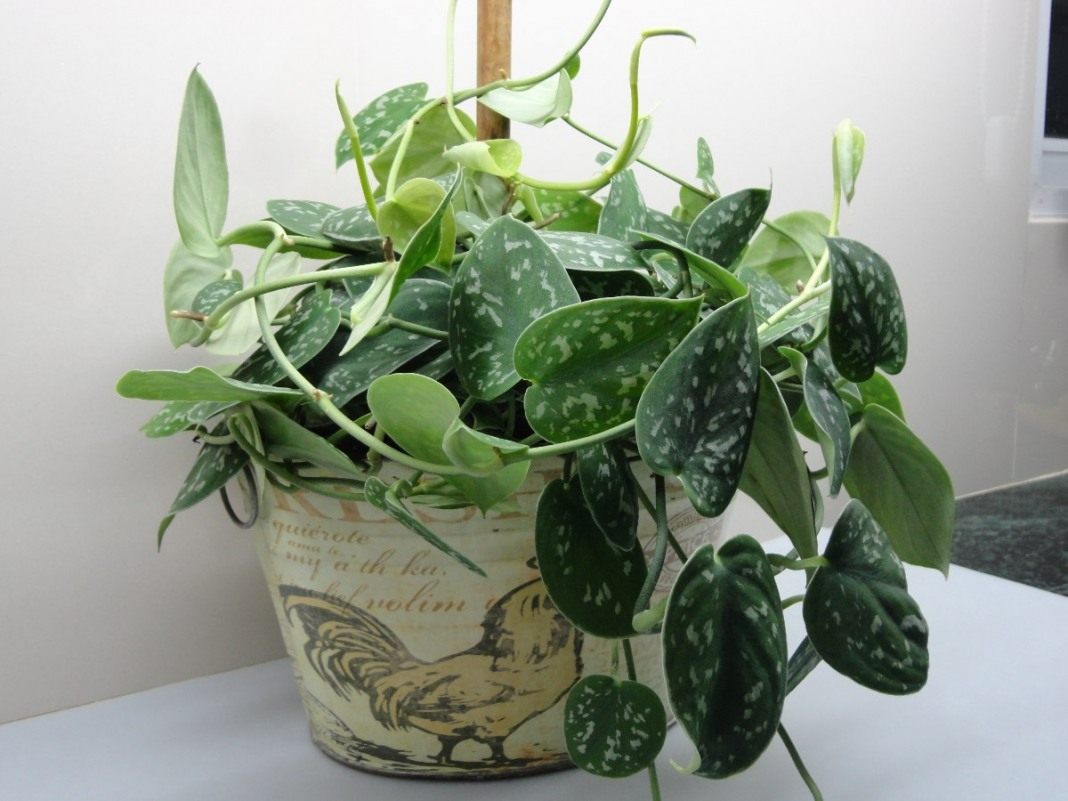
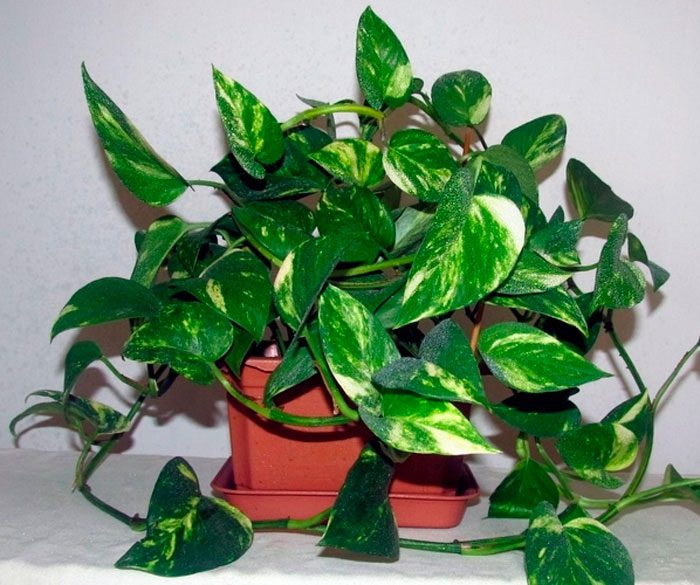
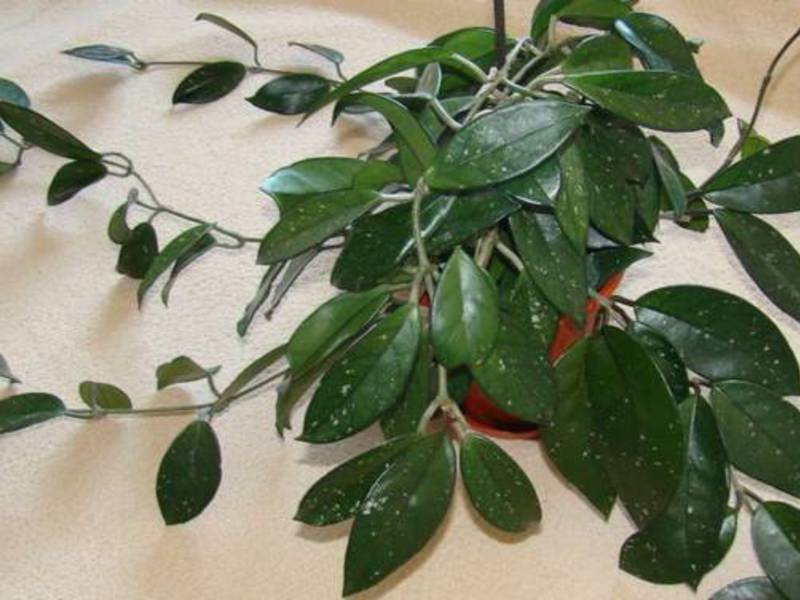
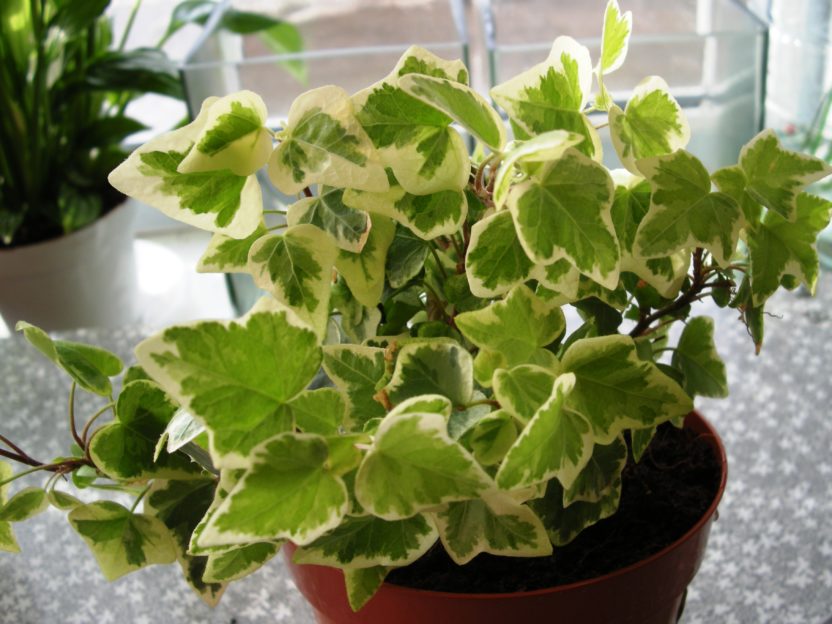



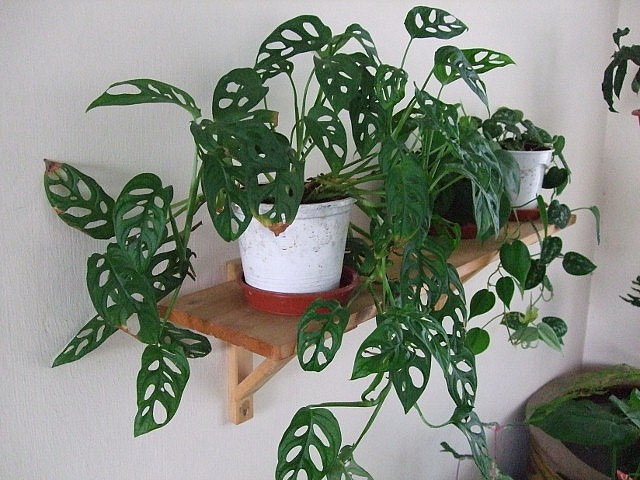
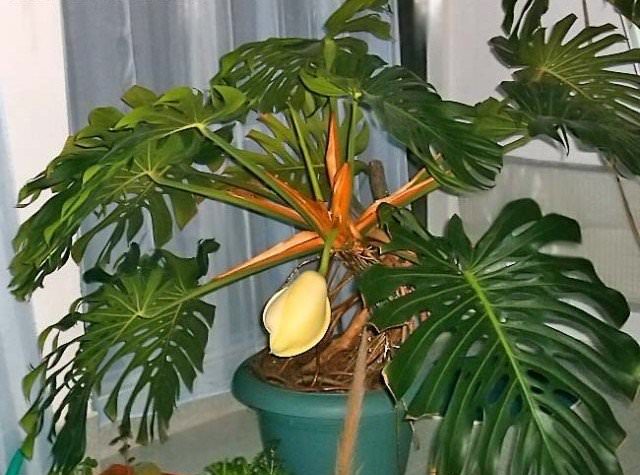

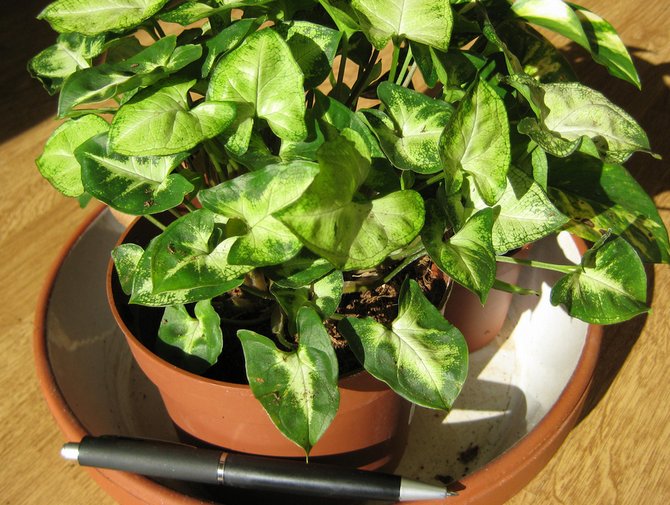
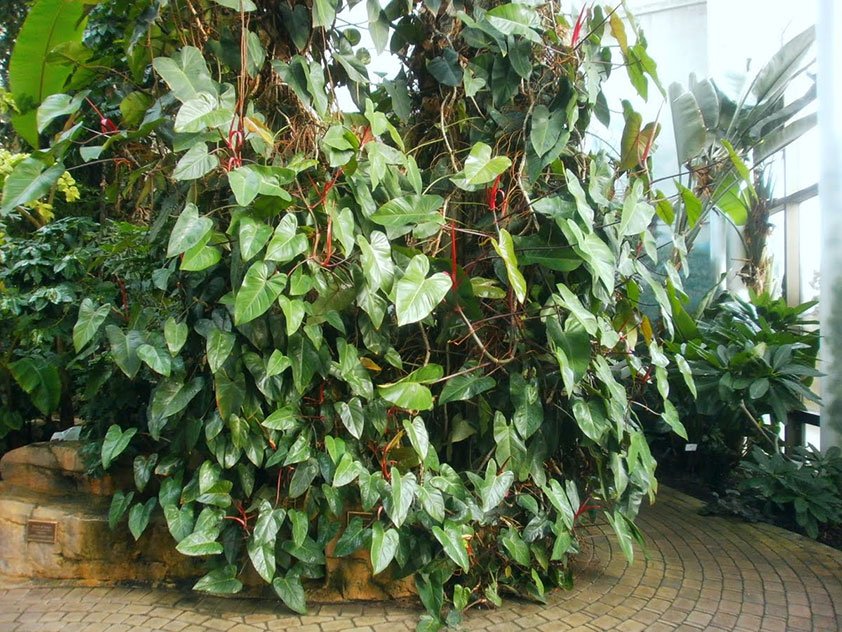
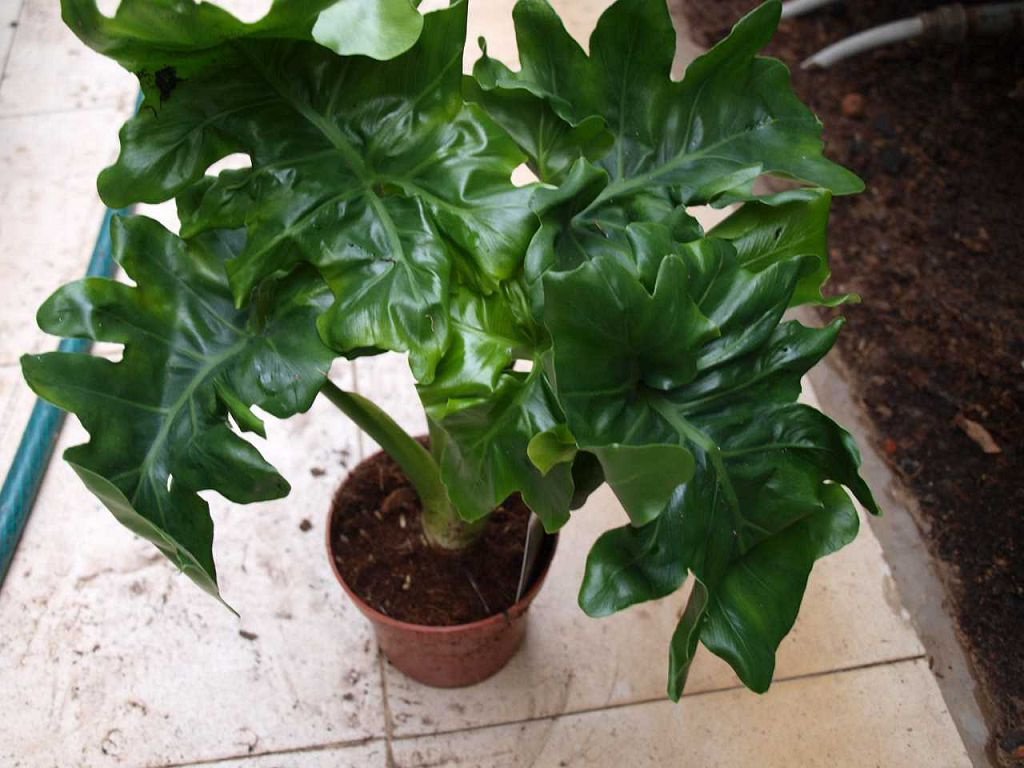
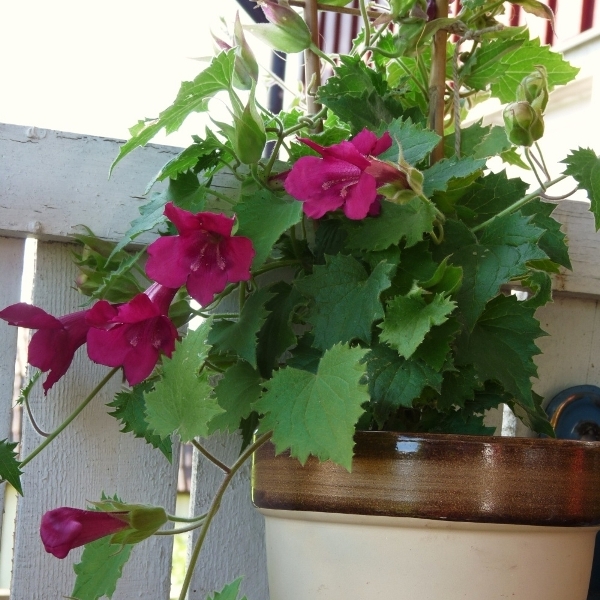
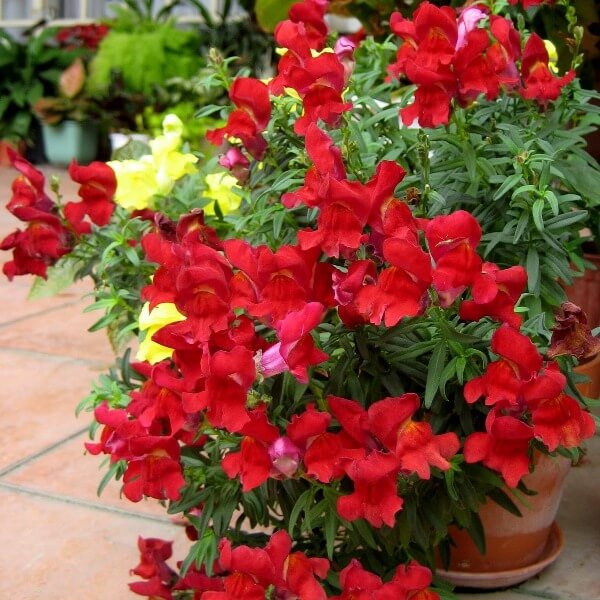
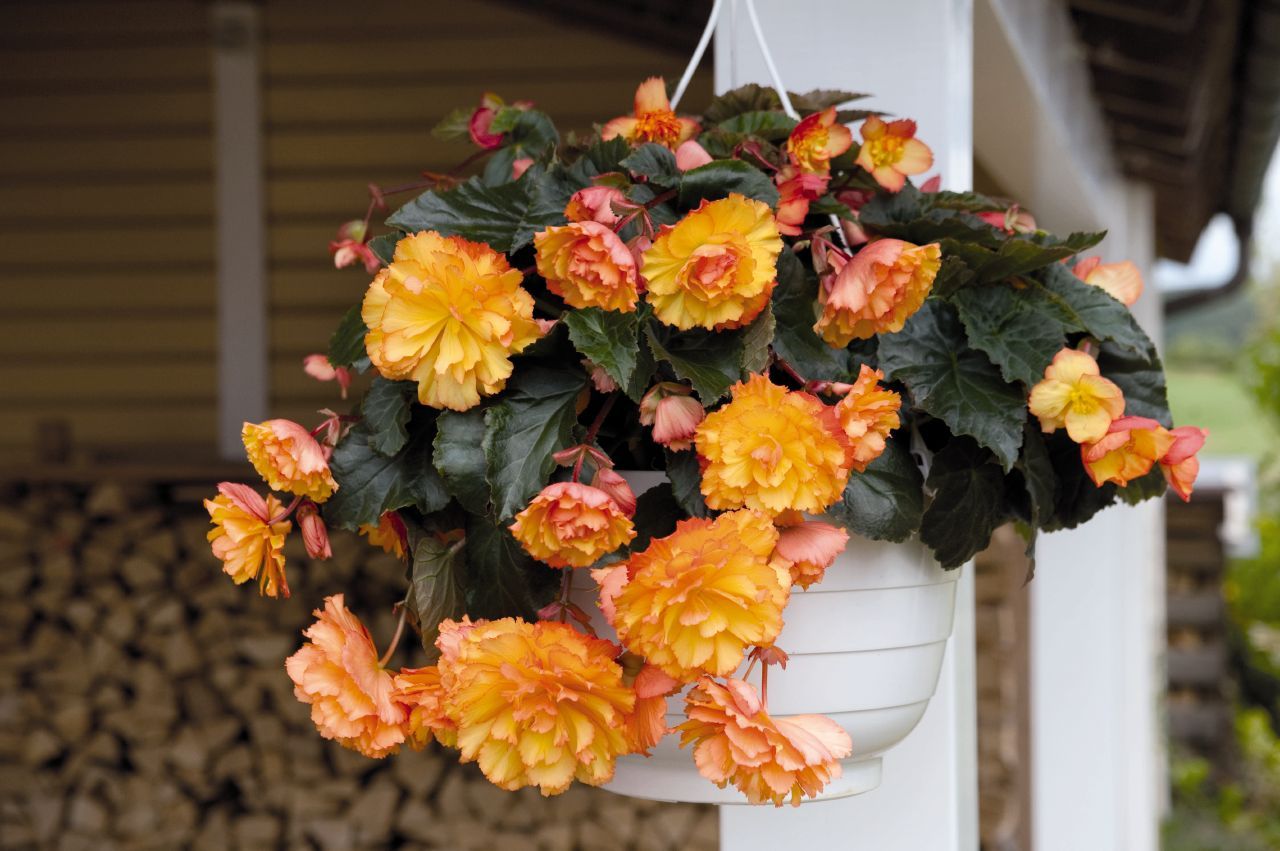
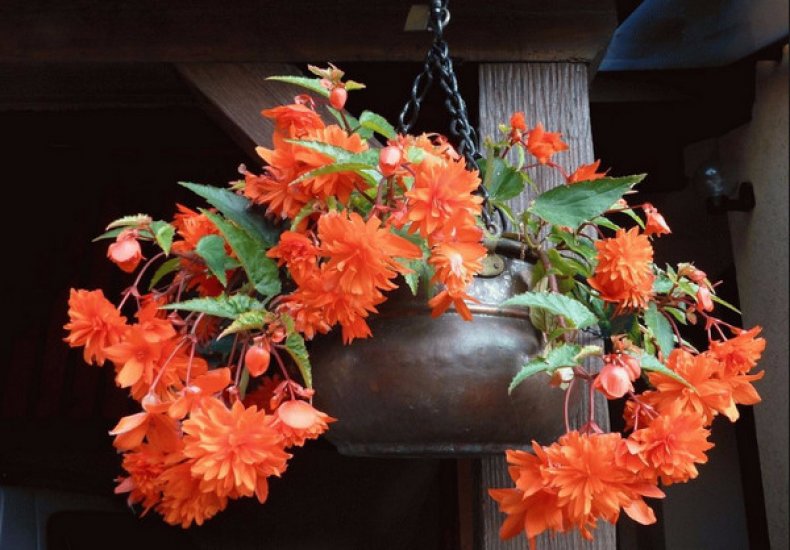
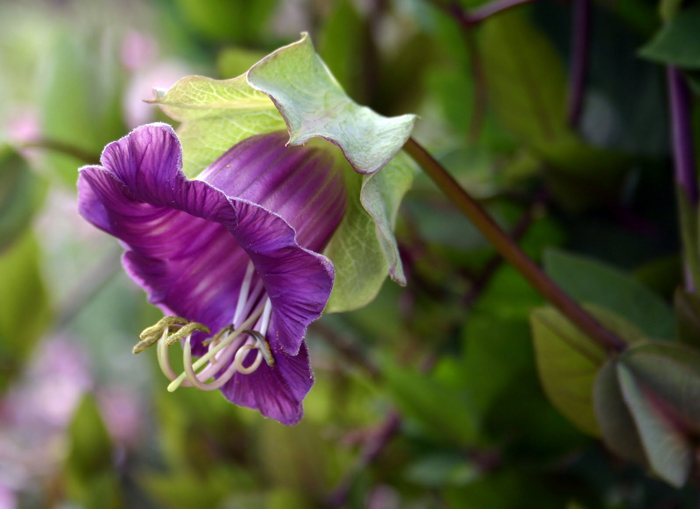
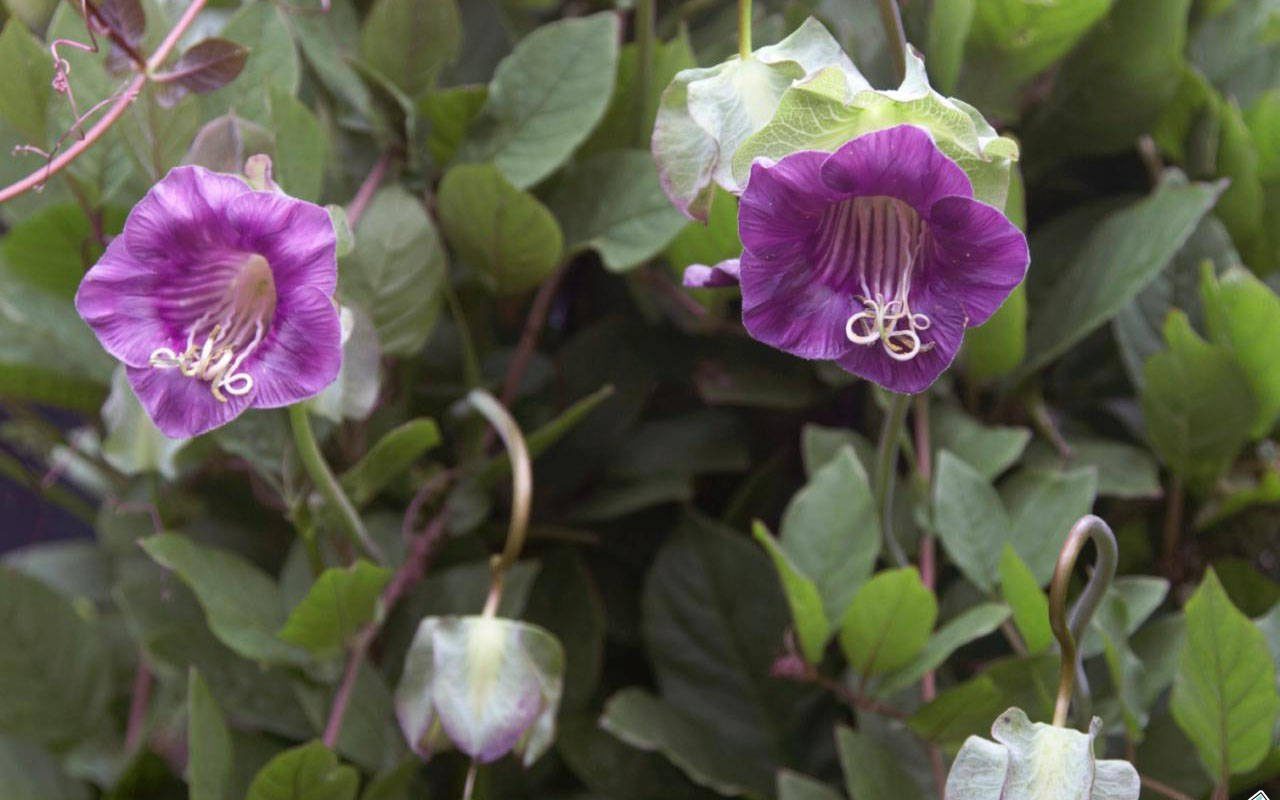
 Sow in the ground, without seedlings: 10 beautiful and unpretentious flowers
Sow in the ground, without seedlings: 10 beautiful and unpretentious flowers Platicodon planting and outdoor care
Platicodon planting and outdoor care Hosta - planting and care in the open ground in the Urals
Hosta - planting and care in the open ground in the Urals Oleander - care and growing at home
Oleander - care and growing at home